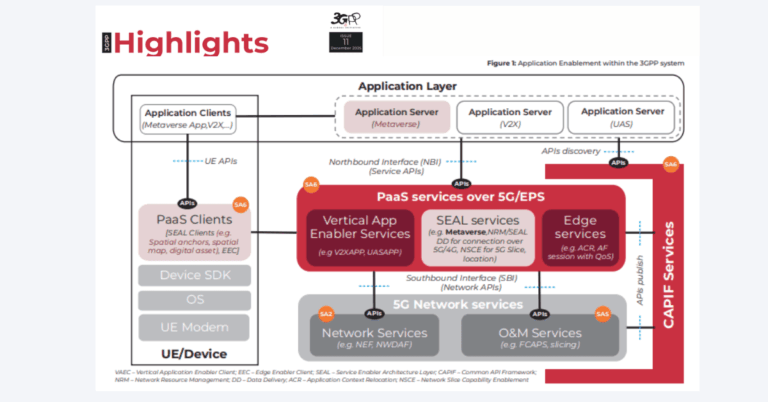2024 U.S. Broadband Capex Highlights
Industry capex remained exceptionally strong in 2024, underscoring broadband’s status as critical infrastructure for the digital and AI economy.
$89.6B Spend and 30-Year Investment Trend
Broadband providers invested an estimated $89.6 billion in U.S. communications infrastructure last year, pushing cumulative investment since 1996 to more than $2.2 trillion and keeping the 2020–2024 average above $90 billion annually. That level places broadband among the most capital-intensive sectors of the economy and follows a long arc of investment cycles: post-1996 deregulation and the dot-com upswing, the early broadband and mobility phase, the smartphone and streaming wave, a period of fiber expansion and wireless densification, and now an era driven by remote connectivity, 5G, and AI-fueled capacity demand. While 2024 trailed 2023’s higher tally, it still signals a sustained, competitive race to modernize fixed and mobile networks.
What the $89.6B Includes (and Excludes)
The USTelecom analysis aggregates capex from major wireline, wireless, and cable broadband providers—think national and large regional players across fiber, HFC, and mobile—while excluding smaller wireline operators, electric cooperatives, and satellite providers due to reporting variability. With those segments conservatively adding at least a couple billion dollars of additional spend, the $89.6 billion figure should be viewed as a floor, not a ceiling, for total industry investment.
2024 Broadband Capex Breakdown
Spend concentrated on fiber deepening, rural reach, wireless capacity, and overall network scale for AI, cloud, and streaming workloads.
Fiber Deepening and Multi-Gig Readiness
Operators continued to push fiber deeper into access networks to reduce cost per bit, improve reliability, and enable symmetric multi-gigabit tiers. XGS-PON remained the mainstream upgrade path, with early trials of 25G PON expanding in select markets and enterprise corridors to support premium uplink, wholesale, and mobile transport use cases. For cable operators, DOCSIS 4.0 pilots and node splits set the stage for competitive multi-gig downstream and higher upstream, while plant hardening and virtualization helped squeeze more longevity from HFC footprints.
Rural Expansion and Funding-Driven Builds
Rural expansion progressed as providers leveraged a mix of private capital and public programs to extend fiber and fixed wireless access to unserved and underserved areas. The pace and shape of these builds hinge on permitting, make-ready timelines, workforce availability, and the staggered timing of state-administered funds, but 2024 activity clearly pushed beyond suburban markets into harder-to-serve geographies where unit economics depend on smart design and disciplined vendor selection.
5G Densification and SA Core Evolution
Mobile operators invested in mid-band spectrum deployment, small cell infill, and backhaul upgrades to support 5G capacity and fixed wireless offers, with continued transition toward cloud-native, standalone 5G cores that enable network slicing and low-latency features. Traffic growth at cell edges and in urban corridors drove additional fronthaul, backhaul, and edge cloud investment, while private cellular pilots in manufacturing, logistics, and venues tested enterprise monetization paths.
Capex Headwinds and Strategy
Despite strong demand signals, providers navigated interest rate pressure, supply normalization, and a more cautious capital allocation climate.
Cost of Capital and Build Sequencing
Higher rates and tighter return hurdles encouraged operators to prioritize high-yielding build clusters, defer marginal projects, and rebalance between growth and sustainment capex. That reinforced a focus on passings with strong take-rate potential, phased construction schedules, and modular upgrades timed to demand rather than blanket overbuilds.
Supply Normalization and Inventory Actions
With supply chains stabilizing, providers leaned on prior equipment stockpiles to smooth deployment schedules and reduce near-term purchasing, improving working capital without stalling network rollouts. At the same time, procurement teams pushed for multi-vendor options, open interfaces, and software-centric roadmaps to mitigate future disruptions and avoid lock-in.
Automation, Virtualization, and Energy Efficiency
Carriers intensified automation across planning, provisioning, and field operations, while accelerating virtualization in transport and core domains to lower lifecycle costs. Energy optimization—spanning data centers, central offices, and RAN—moved higher on the agenda as AI and high-density access technologies raise power footprints.
Why 2024 Capex Matters
These capex trends determine where performance, coverage, and competitive differentiation will exist over the next cycle.
AI-Driven Capacity and Policy Stability
The next wave of bandwidth growth stems from AI training and inference workloads, enterprise SaaS, and ever-heavier video, requiring backhaul upgrades, peering rebalancing, and edge caching to control transit costs and latency. Investment momentum is closely tied to regulatory predictability and timely spectrum and permitting processes; where policy supports long-horizon planning, operators commit more capital to next-gen capabilities.
Fiber, DOCSIS 4.0, and FWA Competition
Fiber overbuilds, DOCSIS 4.0 upgrades, and fixed wireless access are reshaping market shares at the neighborhood level, with multi-gig tiers becoming a baseline expectation in many ZIP codes. Differentiation is shifting from raw speed to reliability, latency, service wrap, and enterprise-grade SLAs that align with distributed cloud and security requirements.
2025 Telecom Capex Priorities
Execution in 2025 will hinge on targeted builds, smarter capacity engineering, and clearer ROI pathways for AI and edge use cases.
Target ROI-Positive Upgrades
Concentrate fiber and HFC upgrades in clusters with demonstrable take-rate lift, while sequencing XGS-PON and DOCSIS 4.0 where competitive pressure is highest; reserve 25G PON for premium enterprise, wholesale, and mobile transport corridors.
Engineer for AI Traffic and Energy
Advance backbone and metro capacity plans that assume heavier east-west traffic, deploy edge caches and compute where latency-sensitive workloads concentrate, and integrate power-aware planning into transport and RAN modernization to contain opex.
Open, Automated, Multi-Vendor Architectures
Adopt cloud-native cores, disaggregated transport, and open interfaces to expand supplier choice, accelerate feature velocity, and reduce lifecycle costs, while scaling service automation across provisioning, assurance, and field operations.
Align Builds to Funding and Policy
Synchronize rural and underserved builds with state and federal program milestones, streamline permitting and make-ready through proactive engagement, and maintain optionality across fiber and FWA to meet unit-economics thresholds.








































